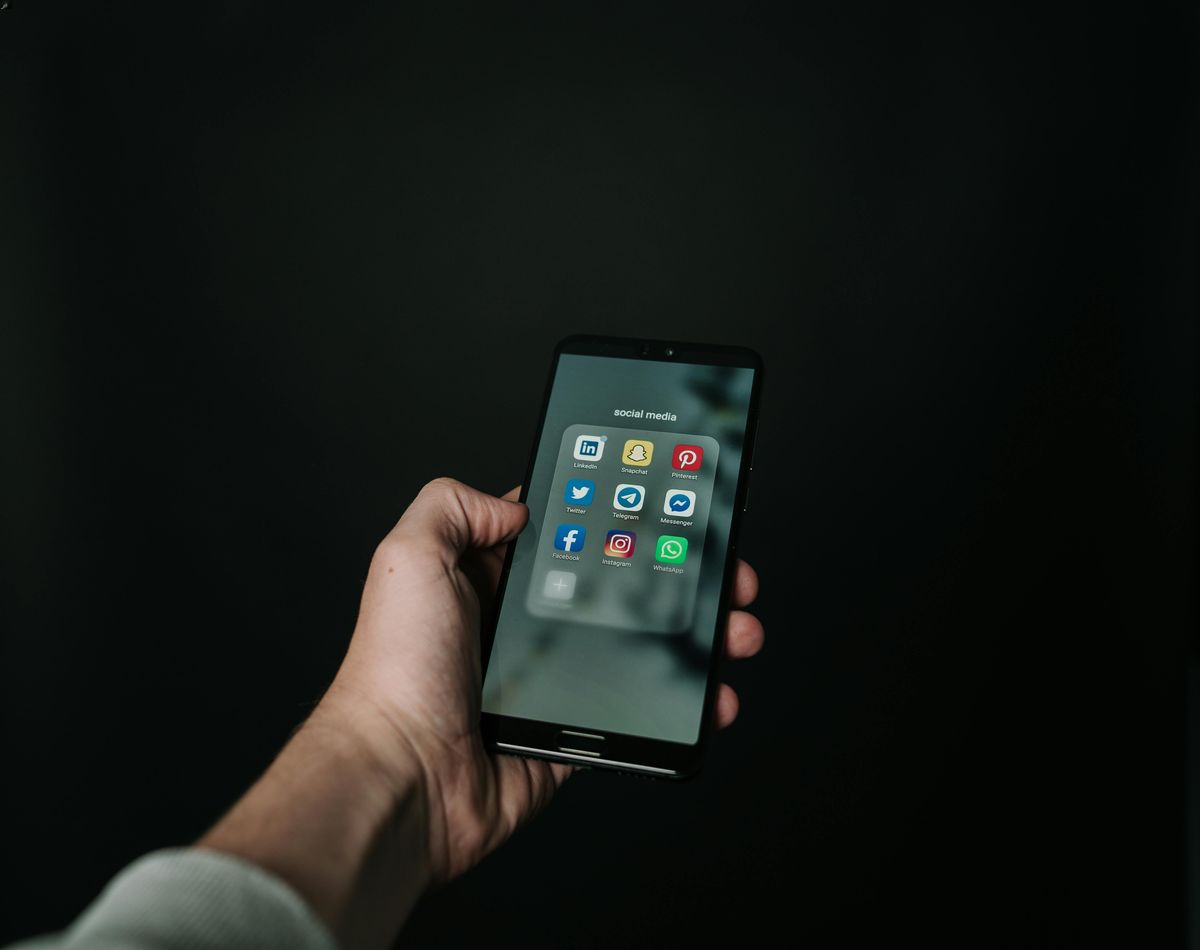A quick glance at Globe Telecom’s latest mobile business report says it all: Filipinos are now living in the age of data. Mobile data accounted for 86 percent of the company’s PHP 86.2 billion mobile revenues in the first nine months of 2025, its highest ever. Meanwhile, voice and SMS made up only 10 percent and 4 percent, respectively. Texting, once the lifeblood of Philippine communication, is slowly being written out of the story.

Mobile data revenues hit an all-time high of PHP 74 billion, growing by 2 percent quarter-on-quarter and year-on-year. In contrast, SMS revenues fell 25 percent compared to last year, while voice services also dropped 14 percent. The trend has been consistent for years: the more data Filipinos consume, the fewer texts they send. It is a transformation that reflects how people now communicate, socialize, and do business.
The shift began slowly, driven by smartphones and cheaper data bundles. The pandemic turned that slow tide into a wave. Messaging apps became lifelines for work, study, and connection. Telcos adapted, shifting their business focus toward mobile data, where the money now flows. Globe’s report shows that despite overall mobile revenues dipping by 2 percent year-on-year, data’s steady rise has cushioned the fall, reaffirming that connectivity, not communication alone, is now the core product.
From an analytical perspective, this change makes sense. Messaging apps deliver far more value per byte. Users get richer, faster communication at minimal cost, while telecom companies earn consistent revenue from data consumption. Economically, SMS is less efficient. It is a legacy system operating in a world that runs on packets, not pulses.
Yet, from a social lens, the decline of SMS signals more than just a change in billing models, it reflects a shift in shared experience. Text messages once crossed economic classes and generations. They were the equalizer, accessible on the most basic phones, functional even without an internet connection. They carried the first “I love yous,” urgent alerts during calamities, and countless small moments that shaped Filipino digital culture.
Security is another concern as SMS continues to be used. Older networks like 2G and 3G remain in some areas, and these systems are vulnerable to attacks such as cellsite hijacking. Scammers can exploit these weaknesses to send smishing messages, SMS designed to trick users into sharing sensitive information or installing malicious apps. Even if fewer people rely on texting today, it can still be a risk for those on older networks or unfamiliar senders.
Today, SMS lingers mostly as utility. Banks use it for one-time passwords. Government agencies send alerts. Brands push out promotions. You still use SMS to communicate with delivery and transport riders when they can’t reach you in-app. But even these uses are gradually being replaced by authentication apps, in-app notifications and messages, and chatbots. In some years, SMS may occupy a smaller, quieter role, much like fax machines or pagers.
Still, its total disappearance is not guaranteed. In areas with weak or unreliable mobile data, SMS remains vital. Disaster response systems continue to depend on text broadcasts due to their reliability on low bandwidth. And for older Filipinos, texting is still simple and familiar. Telcos maintain SMS networks for continuity, not profit.
As 5G and future technologies expand coverage and affordability, reliance on SMS may continue to shrink. Messaging apps integrate AI, payments, and e-commerce features that go far beyond a simple text. What was once the main form of communication has become a fallback option, a quiet companion to richer tools.
Perhaps the question should not be whether SMS will die, but how it will coexist with modern communication. Every major technology, from letters to pagers to landlines, eventually made way for something faster, yet remnants lingered for decades. SMS may follow a similar path—less central, but still present in the background.
The Philippines, once the “Texting Capital of the World,” is now a data and social media powerhouse. SMS may fade quietly, message by message, but its influence and the moments it created remain part of the story. As Filipinos continue moving forward, online and connected, perhaps SMS will persist, not as a dominant tool, but as a subtle reminder of how we once communicated.
So maybe the real question is not whether SMS will die, but how long it will continue to quietly send its messages.
This is Root Access – a new WalasTech section where I share editorial opinions on how tech impacts Filipinos. Root Access unpacks complex topics with an unfiltered approach. Here, I tackle pressing issues, trends, and topics that challenge the norm in tech, culture, and society.
























Leave a Reply